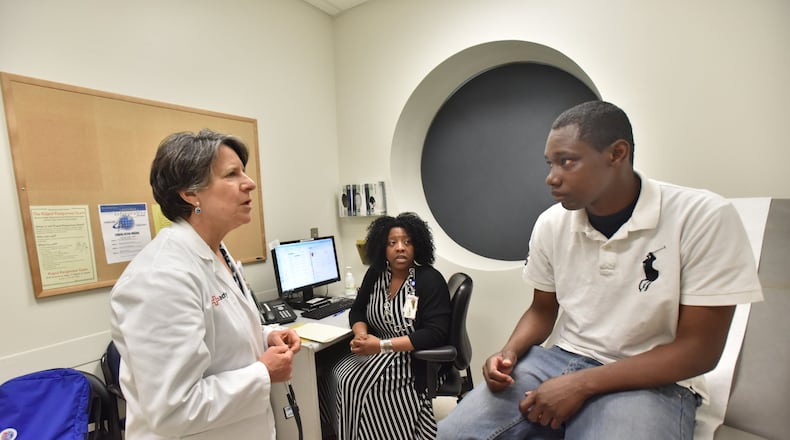As Georgia Gov. Brian Kemp considers new proposals for health care plans, here’s a look at key numbers and metrics the state faces.
35
Georgia’s rank among states for overall health outcomes.
>> Related: The fragile state of Georgia health care
46
Georgia’s rank on clinical measures for access to quality healthcare and preventive services such as preventive health screenings. Half of all Georgia counties have no ob/gyn. Several Georgia counties have no doctor at all.
7
The number of Georgia hospitals that have closed since 2010, the third‐highest number in the country. Georgia hospitals in 2017 reported delivering nearly $2 billion in care they never got paid for.
The working‐age uninsured
The percentage of people age 19 to 34 who don’t have medical insurance. Younger adults are most likely not to have insurance, because they make less money and they may think they don’t need it.
17%
The percentage of Georgia residents who live in rural areas. We often hear how most of Georgia’s 159 counties are rural. But few Georgians live in those counties. Georgia’s population is mostly urban or suburban. Transportation is key to delivering health care.
Uninsured rates
Georgians are more likely to lack health insurance than other states. That includes states that didn’t expand Medicaid. Averaged over five years to smooth out quirks.
46
Georgia’s rank among states for number of mental health care providers per capita
Map: Uninsured in Georgia
No county has an uninsured rate for working age adults lower than 10%. Five Counties -- Atkinson, Clay, Colquit, Echols and Terrell have rates above 35%.
Map: Total uninsured in Georgia
Clayton, Cobb, DeKalb, Fulton and Gwinnett counties don’t have the highest uninsured rates, but they have so many people that they provide more than one‐third of the state’s uninsured working‐age adults. Gwinnett has the most with more than 133,000.
Where Georgians get health insurance
Employers no longer provide insurance to the majority of Georgians. They’re still the biggest source, though, followed by Medicaid, the government‐run plan for poor children and some adults. More than half of Georgia births are funded by Medicaid. These figures are for 2017, the latest year available.
Sources: Georgia Department of Community Health report by Deloitte Consulting. Sources include U.S. Census, SHADAC, Kaiser Family Foundation, America's Health Rankings.
Keep Reading
The Latest
Featured










